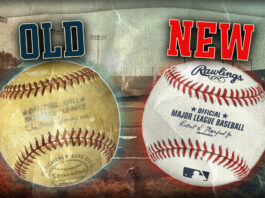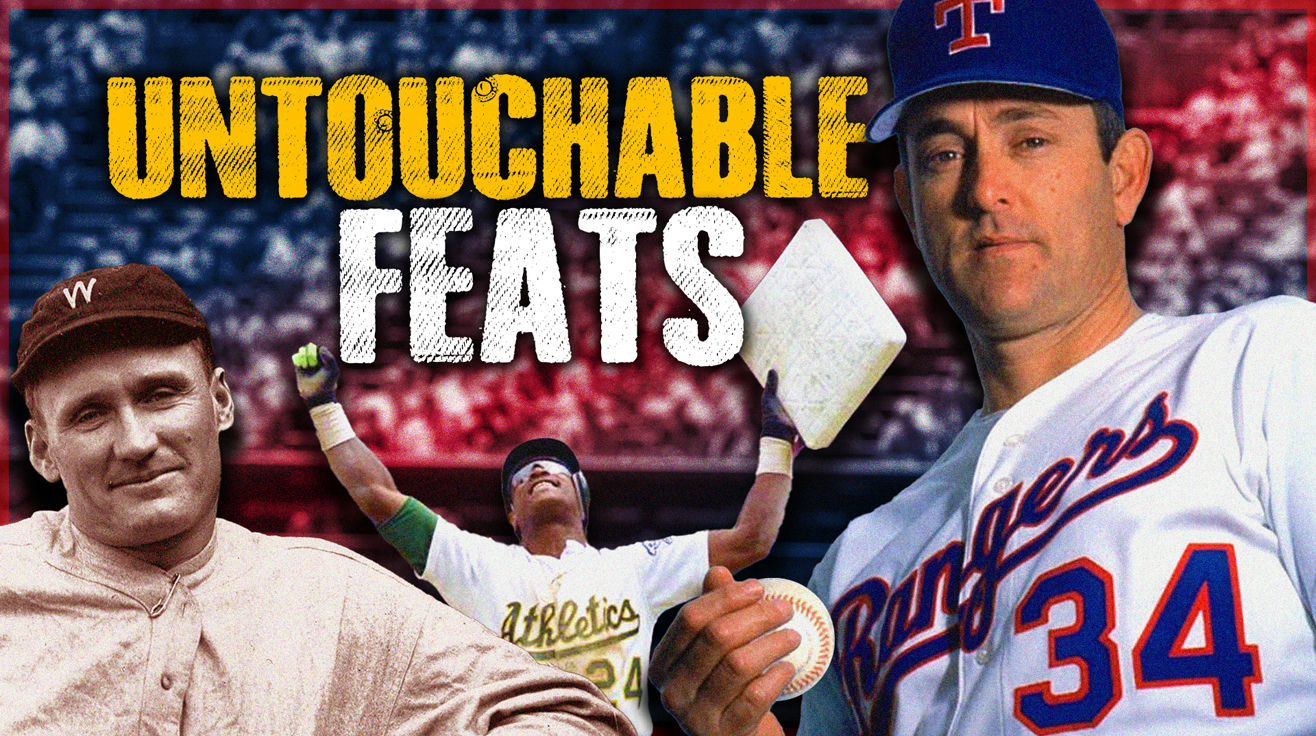
Baseball statistics aren’t just numbers on a page—they’re time capsules preserving moments when the impossible became routine. Each era writes its own rules, creating a tapestry of achievements that can’t be measured by raw numbers alone. The game evolves constantly: deadened balls become lively, mounds rise and fall, gloves transform from minimal padding to specialized tools. Yet some records stand like ancient redwoods in a forest of saplings, their roots so deep that modern players can only gaze upward at heights they’ll never reach.
What makes these particular feats so untouchable? It’s not just about talent—it’s about how baseball itself has fundamentally transformed. The game that produced these monuments barely resembles today’s version, leaving certain achievements frozen in amber, impossible to replicate in our modern laboratory of launch angles and spin rates.
8. Pete Rose’s Hits Record
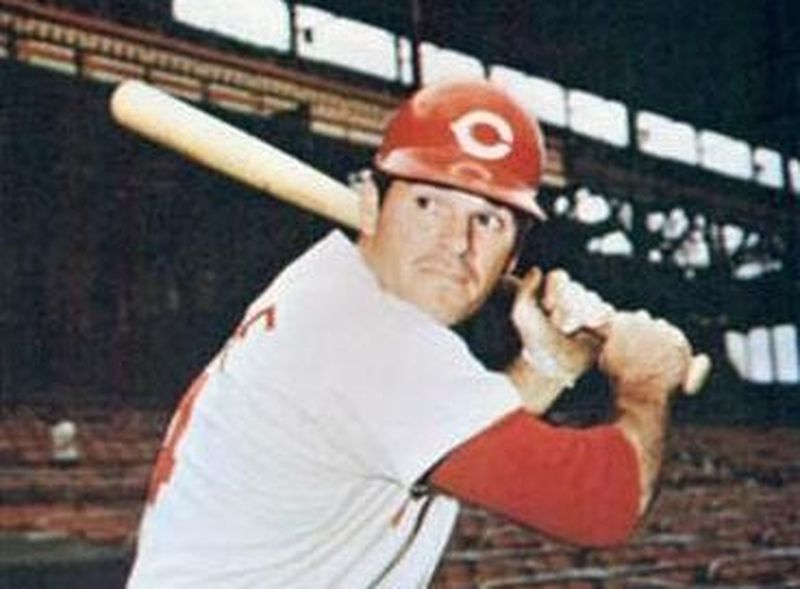
Charlie Hustle’s 4,256 career hits stand as baseball’s version of Mount Everest—visible to all but summited by precious few. Breaking this record requires a mathematical improbability: 213 hits annually for 20 straight seasons. Since 2016, only three players (Blackmon, Betts, and Altuve) have managed even a single season at that threshold. The consistency required isn’t just rare—it’s practically extinct.
The comparison gets grimmer when examining modern hit collectors. Ichiro Suzuki, arguably the purest hitting machine of our era, tallied 3,030 hits from ages 27 to 42. Rose collected 3,091 in the same age range—then casually added another thousand hits on top. Today’s game, with its emphasis on power over contact and strategic rest days, has made Rose’s record not just difficult but practically mythological.
7. Nolan Ryan’s Strikeout Record
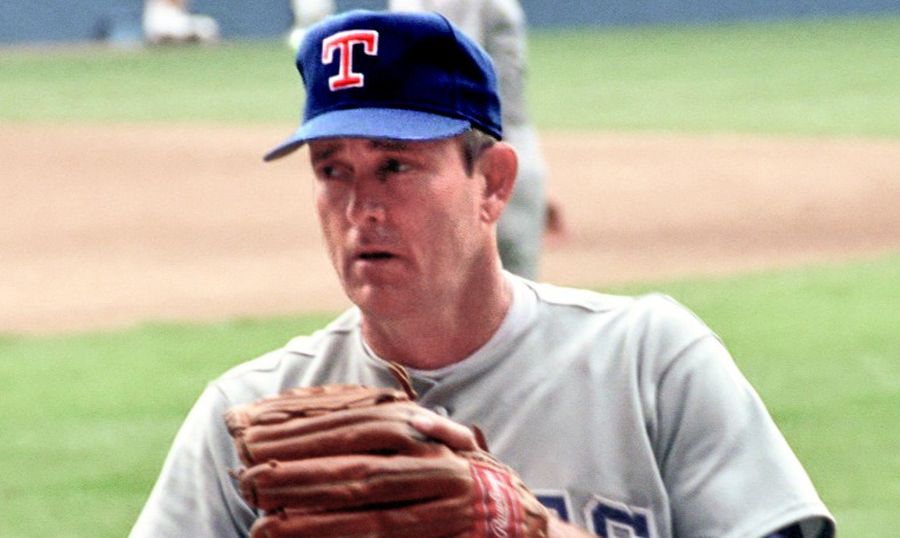
The 5,714 strikeouts Ryan accumulated look increasingly alien in baseball’s rear-view mirror. In 1972, The Express fanned 367 batters while throwing 322⅔ innings—a workload that would trigger emergency meetings in today’s front offices. For context, Robbie Ray topped MLB with 248 strikeouts in 2021, requiring just 193⅓ innings to do so. Effective? Absolutely. But efficiency won’t catch Ryan.
Matching this strikeout colossus would require averaging 300 strikeouts for 19 consecutive seasons. Even elite pitchers in their mid-30s typically find themselves over 2,500 strikeouts short of Ryan’s mark. The modern five-man rotation, innings limits, and specialized bullpens have effectively placed this record behind museum glass—visible but untouchable. Ryan’s strikeouts weren’t just his era’s dominant strategy; they were his personal signature in baseball’s ledger.
6. Sam Crawford’s Triples Record

Those 309 career triples amassed by “Wahoo Sam” Crawford tell the story of baseball’s changing geography. Crawford played in ballparks that resembled national parks—Detroit’s Bennett Park and Navin Field stretched 420 feet to left-center and a massive 440 feet to center field. When outfielders needed expedition gear just to retrieve balls, triples weren’t exceptional—they were inevitable.
Modern ballparks, designed for home run drama and spectator comfort, have shrunk the canvas on which triples are painted. Even Coors Field, famous for its spaciousness, reaches just 415 feet to center. That’s why Dexter Fowler, the active triples leader after 2021, had accumulated just 82—barely a quarter of Crawford’s collection. The triple hasn’t disappeared, but it’s gone from everyday occurrence to special occasion, making Crawford’s record as unreachable as a ball hit to those distant, ancient outfield walls.
5. Rickey Henderson’s Stolen Base Record
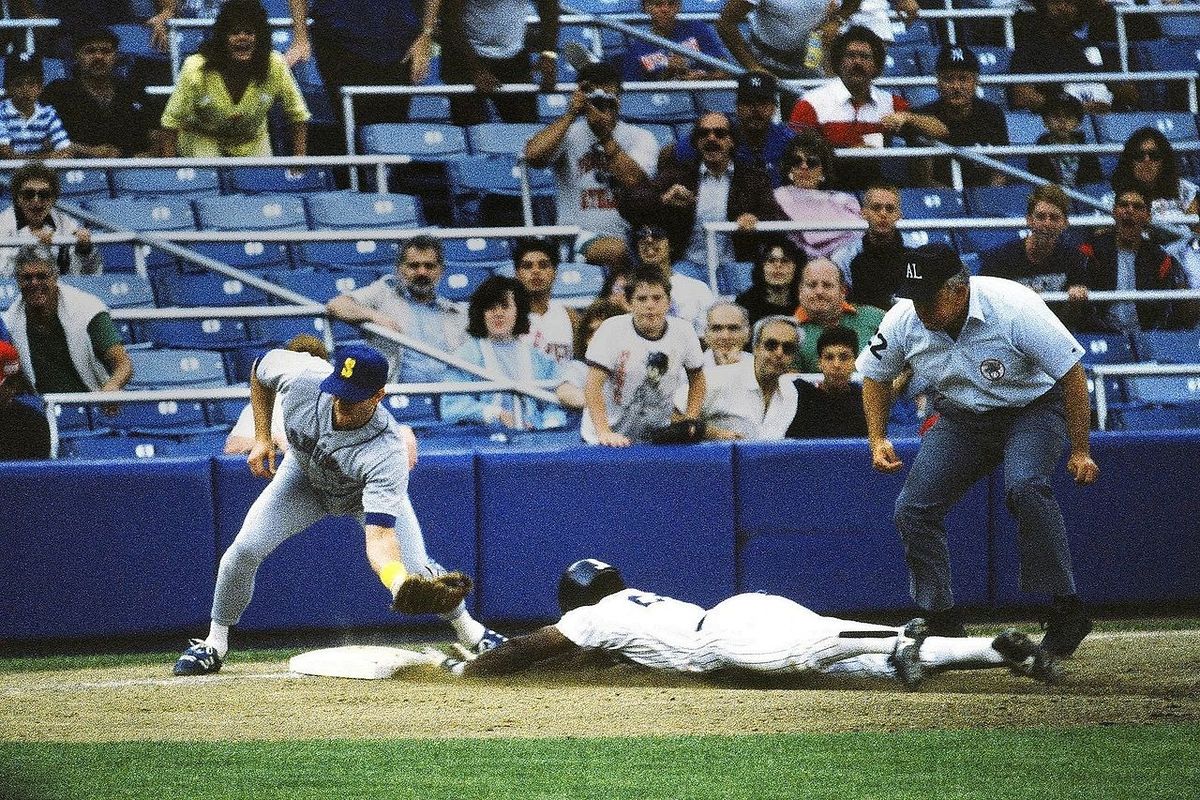
Henderson’s 1,406 career steals represent baseball’s great vanishing art form. In four seasons (1980-1983), Henderson swiped 394 bases—more than most modern players attempt in their entire careers. His 130 steals in 1982 outpaced the entire 2021 Kansas City Royals team by six. That’s not a record; that’s a different sport entirely.
Baseball’s analytical revolution killed the stolen base not through malice but math. When every out becomes precious currency in the exchange rate of run production, the calculated risk of stealing bases becomes prohibitively expensive. No player since Henderson’s 2003 retirement has managed more than 78 steals in a season. The game has simply evolved beyond Henderson’s specialty, resembling a chess match where pawns can no longer be sacrificed. Henderson didn’t just set the bar—he took it with him when he left.
4. Cy Young’s Wins Record
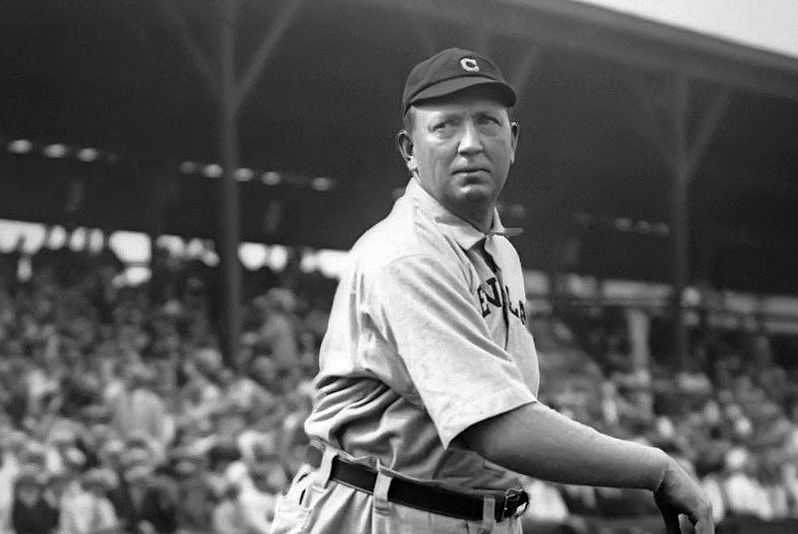
Young’s 511 wins belong to a version of baseball that exists now only in black-and-white photographs and sepia-toned memories. Young reached 20+ wins for 14 consecutive seasons and crossed the 30-win mark four separate times. The last pitcher to win 30 games? Denny McLain in 1968—when the Beatles were still together and the moon landing was still science fiction.
The math doesn’t work anymore. Young averaged 8.63 innings per start throughout his career, often pitching with minimal rest. In 2021, Julio Urías led baseball with 20 wins while averaging just 5.8 innings per start. Modern pitchers get fewer decisions, throw fewer innings, and collect fewer wins by design rather than ability. Consider it baseball’s equivalent of comparing steam locomotives to electric trains—both impressive, but fundamentally different technologies from different eras.
3. Eddie Collins’ Sacrifice Hits Record
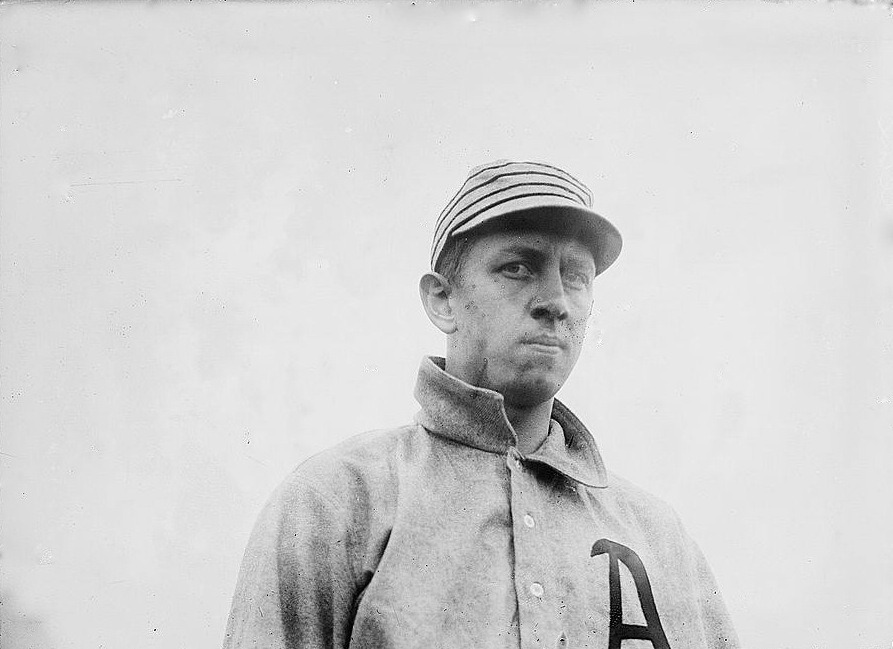
Collins’ 512 sacrifice bunts feel almost prehistoric in today’s game. Despite being an accomplished hitter (142 career OPS+), Collins regularly laid down his offensive weapons to advance runners—once executing 40 sacrifice hits in a single season. He wasn’t unique; he was the standard-bearer for a universal strategy now considered almost taboo.
The analytical revolution didn’t just suggest bunting was inefficient—it mathematically proved it. Clayton Kershaw, surprisingly the active leader in this category as of 2021, had accumulated just 110 career sacrifice hits—about one-fifth of Collins’ total. This gap exists not because Kershaw couldn’t bunt (though pitchers rarely practice it now), but because baseball’s collective brain trust determined that willingly surrendering outs is baseball’s equivalent of medieval bloodletting—a once-standard practice now understood to harm rather than help.
2. Walter Johnson’s Shutout Record
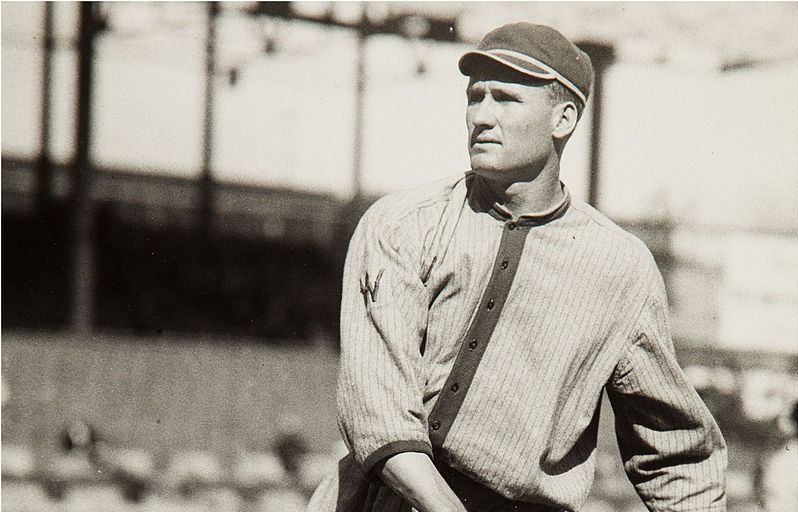
Johnson’s 110 career shutouts emerged from a world where pitchers were expected to finish what they started. The “Big Train” once delivered 11 shutouts in a single season. Today’s MLB leaders typically manage two or three shutouts—in their entire careers. The complete game shutout has gone from basic job requirement to rare accomplishment worthy of headlines.
Clayton Kershaw, with 15 career shutouts through 2021, owned barely 14% of Johnson’s lifetime achievement. This isn’t because Kershaw lacks Johnson’s talent—it’s because modern baseball teams have determined that pushing pitchers to complete games creates diminishing returns and escalating injury risks. Johnson’s shutout record stands not just as a testament to his dominance but as a memorial to baseball’s former expectations of its pitchers.
1. Cy Young’s Innings Pitched and Complete Games Records

Young’s twin monuments—7,356 innings pitched and 749 complete games—represent baseball’s greatest impossibilities. In 1892, Young completed 48 games in a single season. That’s not just more complete games than modern pitchers throw in their careers—it’s more starts than today’s pitchers make in two seasons combined. Wilbur Wood last reached 48 starts in 1973, and that feat itself now seems alien.
The gap is astronomical. Adam Wainwright’s 27 career complete games through 2021 represented 3.6% of Young’s lifetime total. Zack Greinke, the active innings leader, had logged 3,110 innings—42% of Young’s career mark after 16 seasons of elite pitching. These records aren’t just unbreakable—they’re incomprehensible, akin to calculating the distance between galaxies. Young didn’t just play a different position; he played a different game in a different universe of baseball possibilities that modern players can hardly fathom.

